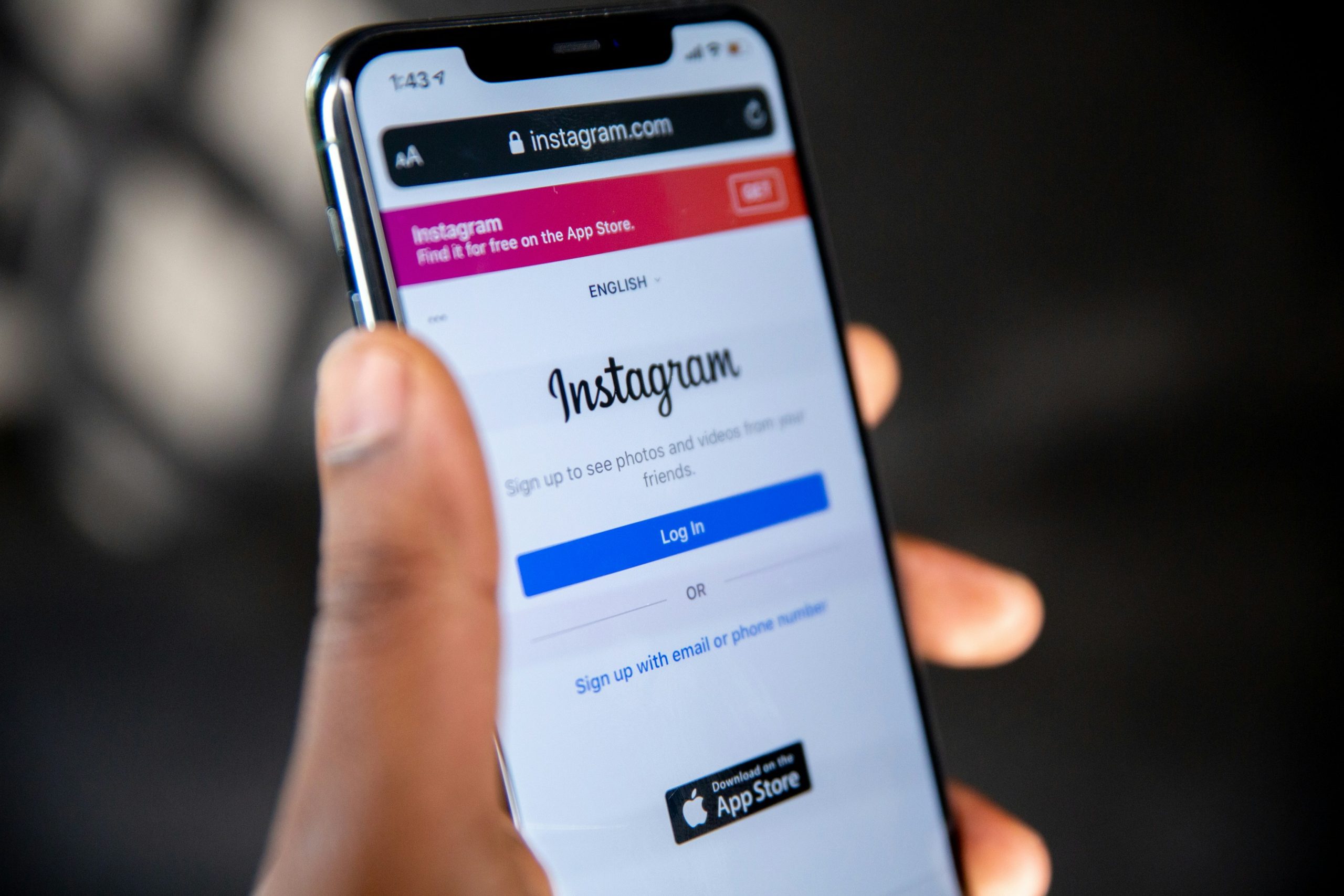In the age of social media, the concept of sharing has taken on a whole new dimension. Specifically, when it comes to Instagram, where we carefully curate our feeds to reflect our lives and interests. But what happens when it comes to sharing with your closest friends? Do you keep your feed public for all to see or create a private space for only those nearest and dearest to you? This dilemma sparks a fascinating discussion about intimacy in the digital era and the balance between authenticity and curation in our online personas. Let’s delve into the intricate world of Instagram sharing and explore the nuances of sharing with your closest friends on this popular platform.
Introduction: Importance of sharing on Instagram
There is a certain allure to sharing moments of our lives on Instagram. The platform allows us to curate our experiences, crafting a digital persona for the world to see. However, the real magic lies in sharing with intention and purpose. By selectively sharing with close friends on Instagram, we create a more intimate space where genuine connections can flourish. This exclusivity fosters deeper bonds and opens up opportunities for meaningful interactions beyond mere likes and comments.
When we choose to share only with our closest friends on Instagram, we prioritize quality over quantity. Rather than seeking validation from a wide audience, we focus on nurturing relationships that matter most. This intentional curation of our social circle allows for authentic interactions and shared experiences that truly resonate. In a digital age filled with constant updates and fleeting moments, the act of selective sharing brings depth and significance to our online connections.

Privacy concerns: Public vs Close Friends feature
When it comes to sharing on social media, navigating privacy concerns can be quite tricky, especially with the rise of features like Close Friends on platforms like Instagram. While having the option to selectively share content with a chosen few might seem appealing for maintaining a sense of privacy, it also raises questions about authenticity and exclusivity in online interactions. The allure of curating content exclusively for close friends can create an echo chamber effect where users may shy away from expressing their true selves for fear of judgment.
On the other hand, the public feed offers a space for individuals to showcase their identity and interests to a wider audience. It fosters connection with old acquaintances, potential new friends, or even like-minded strangers who stumble upon your profile. However, this broader reach comes at the cost of losing control over who sees your posts and potentially inviting unwarranted attention or criticism. Striking a balance between these two modes of sharing is essential in crafting an online presence that reflects both authenticity and discretion in today’s digital age.
Content curation: Tailoring posts for different audiences
Content curation is an art that entails tailoring posts to suit the preferences and interests of different audiences. When sharing content on platforms like Instagram, understanding your audience is key to engaging them effectively. For instance, while your public feed may cater to a diverse group of followers, curating content for a select group of close friends can allow for more personalized and intimate interactions.
By crafting posts specifically for different segments of your audience, you can deliver content that resonates with their individual tastes and expectations. This targeted approach not only enhances engagement but also fosters stronger connections with your followers. Remember, social media is all about fostering relationships, so adapting your content to suit the needs of various groups can lead to more meaningful interactions and ultimately build a loyal community around your profile.

Engagement levels: Interactions with close friends vs public followers
When it comes to engagement levels on social media, the dynamics between interactions with close friends and public followers can be quite distinct. Close friends often provide a sense of familiarity and authenticity, leading to deeper and more meaningful conversations. The bond shared with close friends allows for more personal exchanges, creating a space where vulnerability is welcomed and genuine connections are fostered.
On the other hand, interactions with public followers may involve a broader audience but can sometimes lack the intimacy found in conversations with close friends. Public engagements often focus on visibility and reach, catering to a wider range of interests and perspectives. While public interactions can lead to greater exposure and networking opportunities, the depth of these connections may not always match the closeness experienced with inner-circle friendships. By understanding the nuances between engaging with close friends versus public followers, individuals can cultivate different aspects of their social relationships through various online platforms like Instagram.
Authenticity: Balancing public image and personal connections
Having a strong personal brand and a curated public image can be crucial in today’s social media-driven world. However, maintaining authenticity while juggling the demands of projecting a certain image can be challenging. Striking the right balance between your public persona and genuine connections with others is essential to avoid feeling disconnected or isolated.
Authenticity is about being true to yourself and sharing your real self with those closest to you. While it’s tempting to present a polished version of yourself on social media platforms, it’s important not to lose sight of who you are beneath the filters and carefully crafted posts. Remember that true connections are built on honesty and vulnerability, so don’t be afraid to let your guard down with your inner circle. In the end, cultivating authentic relationships will bring more fulfillment and depth to your life than any number of likes or followers ever could.

Trust and transparency: Managing expectations with different groups
When it comes to managing expectations with different groups, the key factors are trust and transparency. Your friends may expect a certain level of personal connection and authenticity in your interactions with them on social media, whereas your public followers might be more interested in curated content that aligns with a specific image or brand. Striking a balance between being genuine to both groups while still maintaining boundaries can be challenging but is essential for fostering meaningful relationships.
Understanding the needs and preferences of each group can help you tailor your approach accordingly. By setting clear boundaries and communicating openly about what each group can expect from you, you can build trust and credibility across the board. It’s important to recognize that transparency doesn’t mean sharing every aspect of your life with everyone but rather being honest about how you choose to present yourself online. Ultimately, managing expectations with different groups requires sensitivity, empathy, and a willingness to adapt your communication style to meet the diverse needs of your audience.
Conclusion: Finding the right balance in sharing
In a world where social media dominates our daily interactions, finding the right balance in sharing is crucial. While sharing every aspect of your life on Instagram might seem tempting for some, it’s essential to consider the impact of this oversharing on personal relationships. Striking a balance between sharing intimate moments with close friends and maintaining boundaries can help nurture deeper connections without compromising privacy.
When we carefully curate what we share with our closest friends versus what we post publicly on our feed, we are creating a space where authenticity and vulnerability can coexist harmoniously. By understanding the nuances of different social circles, we can tailor our sharing habits to foster meaningful interactions both online and offline. Ultimately, finding the right balance in sharing allows us to cultivate genuine connections while safeguarding our personal boundaries in an increasingly digital world.











